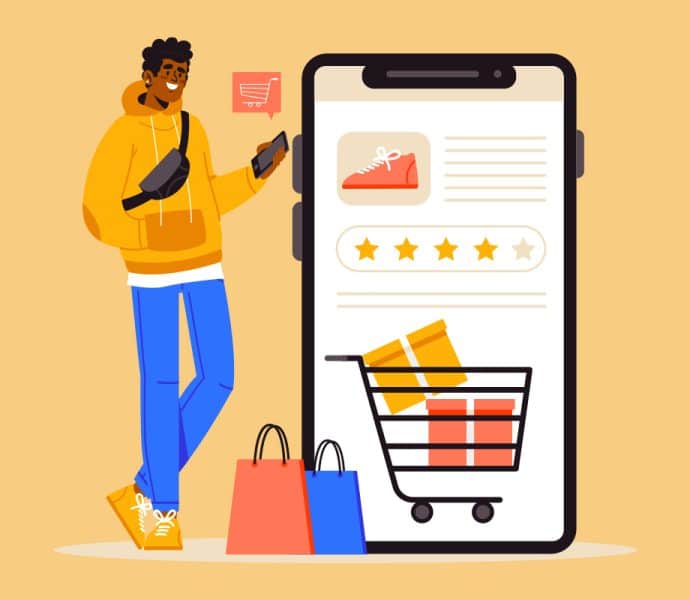
7 New Year’s Resolutions for eCommerce Managers
With the close of 2024 and welcome to 2025, UK eCommerce managers can hit the reset button […]
Digital Strategy
Mat O'Connor
5th May 2021
3 minute read
The popularity of direct-to-consumer sales is growing, fuelled by unreliable sales during the pandemic and the greater control offered by this sales approach. A recent study by IAB UK showed 97% of UK internet users were aware of at least one of the leading UK DTC brands, with 39% having purchased from one or more of them.
It’s not difficult to see why the DTC model is loved by manufacturers and shoppers alike. For manufacturers, the barrier between them and the consumer is eliminated, in turn, giving them greater control over the user experience, brand exposure and reputation. For shoppers, the removal of middle-men in the whole process helps to drive down cost.
The best part about the whole process of DTC is its low barrier to entry; with a strong strategy and good online presence, you’ll be in a solid position to disrupt the market and compete against the numerous traditional players in your sector.
Many companies looking to experiment with direct-to-consumer usually have a wholesale system currently in place. The traditional method of supplying your products to a retailer who sells them to a consumer has its place and is still a popular method of bringing a product to market. Whether you’re looking to replace wholesale with direct-to-consumer or are looking at a hybrid business model, you’ll have to prepare for the switch, which commonly means:
DTC will bring your company in direct contact with consumers, allowing you to control the end-to end customer experience directly. This approach can be hugely influential but requires a proper understanding of your customer. To do this, you’ll need to build processes to engage, learn and cater for their needs.
So how do you learn to cater for the modern consumer? Thankfully, the technology is already in place to help inform your decisions with real-world data, and a digital agency such as Actuate can walk you through the options available to you. Choosing the right digital agency should be the cornerstone of your plans. IAB UK’s Chief Marketing Officer James Chandler says, “As DTC brands evolve, they often expand their marketing strategies to include other channels beyond their core digital activity, increasing the need for external coordination and expertise.”
So you’re ready to take on Amazon and dive into DTC. We’ve put together five tips below to help with the switch.
Do your customers hate the thought of visiting shops or don’t have the time to visit the post office to return unwanted goods? Make pain points the reason your business thrives by first finding out about them and finally alleviating them for your customers.
Why should a consumer buy from your website over Amazon? It’s sometimes a tricky question to answer, but if you give it some thought and come up with proper answers, it will put you in good stead for DTC success.
The modern consumer expects websites to be tailored to their needs, use the data you have to make wise, data-driven decisions and enhance the whole user experience.
Social media is awash with influencers, and although opinions on them are mixed, working with a select few influencers who are popular with your customer demographic can have a significant impact on your sales.
With so many eCommerce platforms to choose from, it’s essential to evaluate each solution’s pros and cons. Work with an agency with experience in several platforms and work together to select the right fit for your company or brand.

With the close of 2024 and welcome to 2025, UK eCommerce managers can hit the reset button […]

Get the Best Team Choosing the right Magento/Adobe Commerce agency to work with can be a […]

Meta descriptions are brief summaries of a webpage that appear in search engine results pages (SERPs). […]